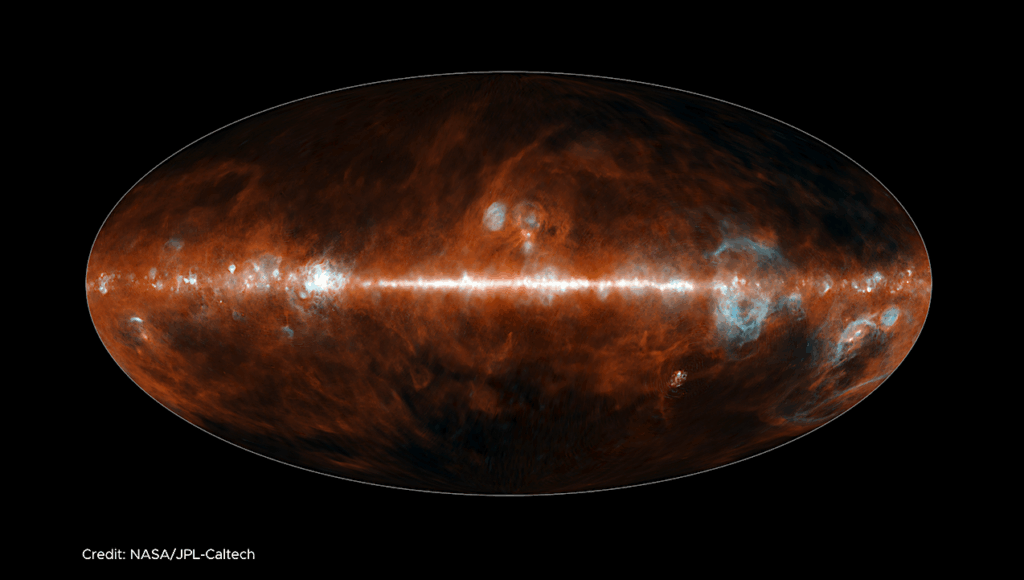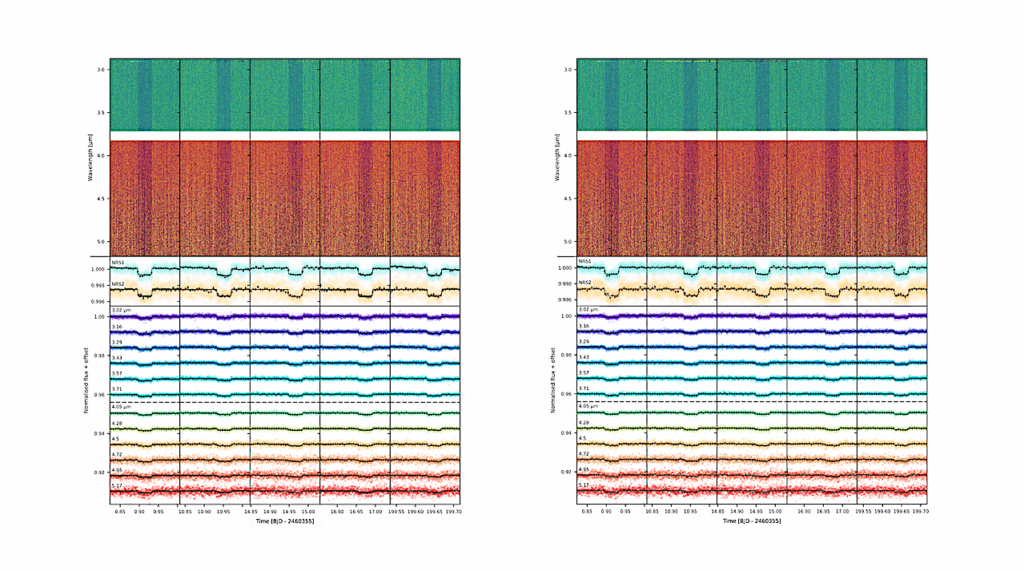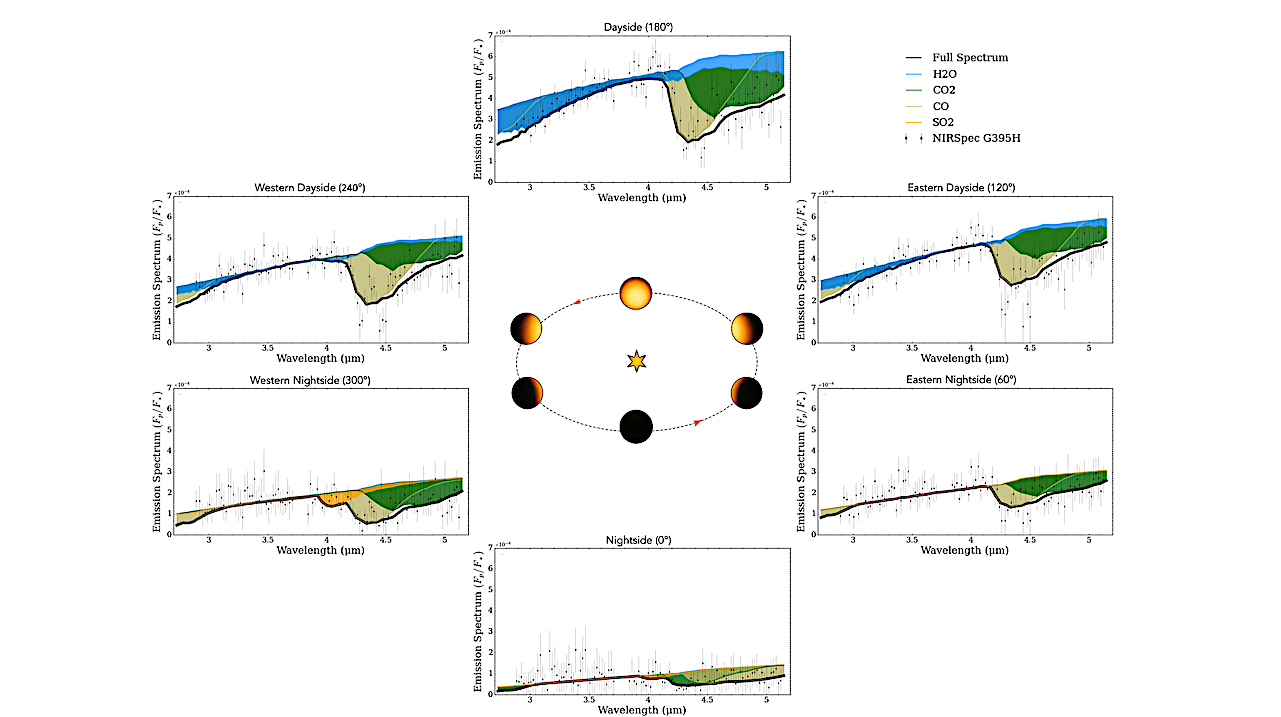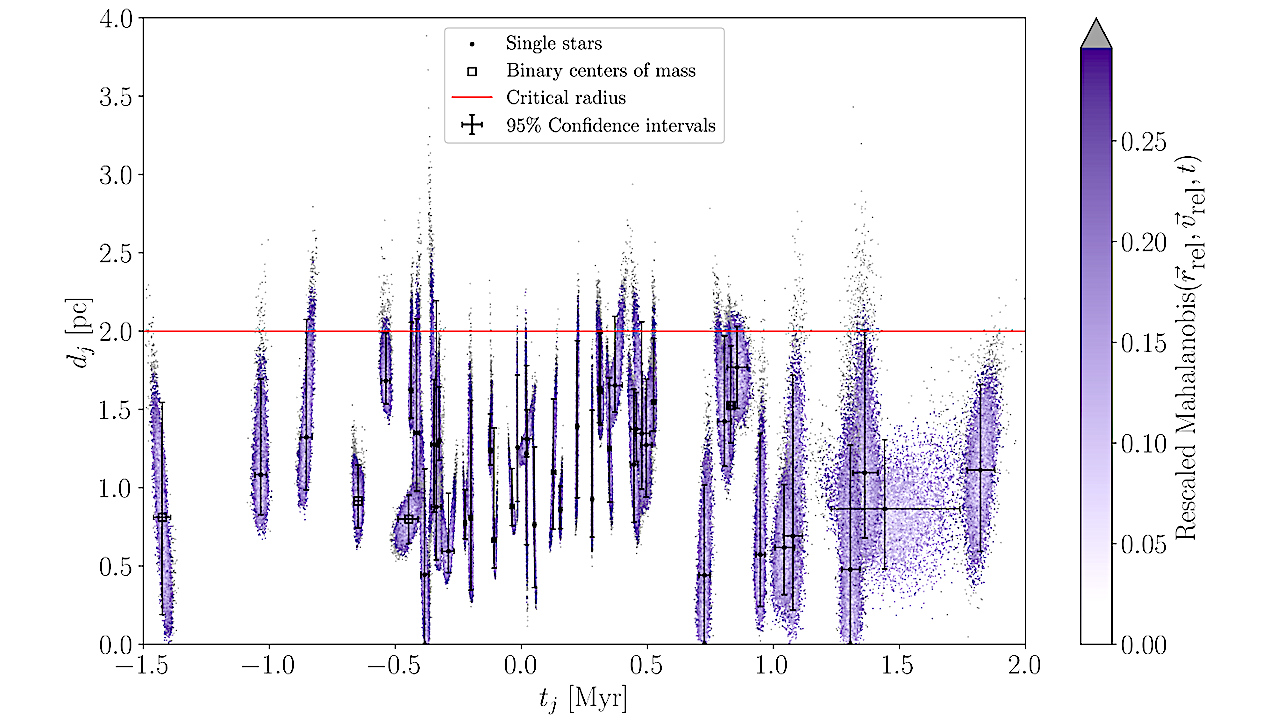Now Reading: Using Venus, Earth, and Mars to Understand Exoplanet Volatile and Climate Evolution
-
01
Using Venus, Earth, and Mars to Understand Exoplanet Volatile and Climate Evolution
Using Venus, Earth, and Mars to Understand Exoplanet Volatile and Climate Evolution
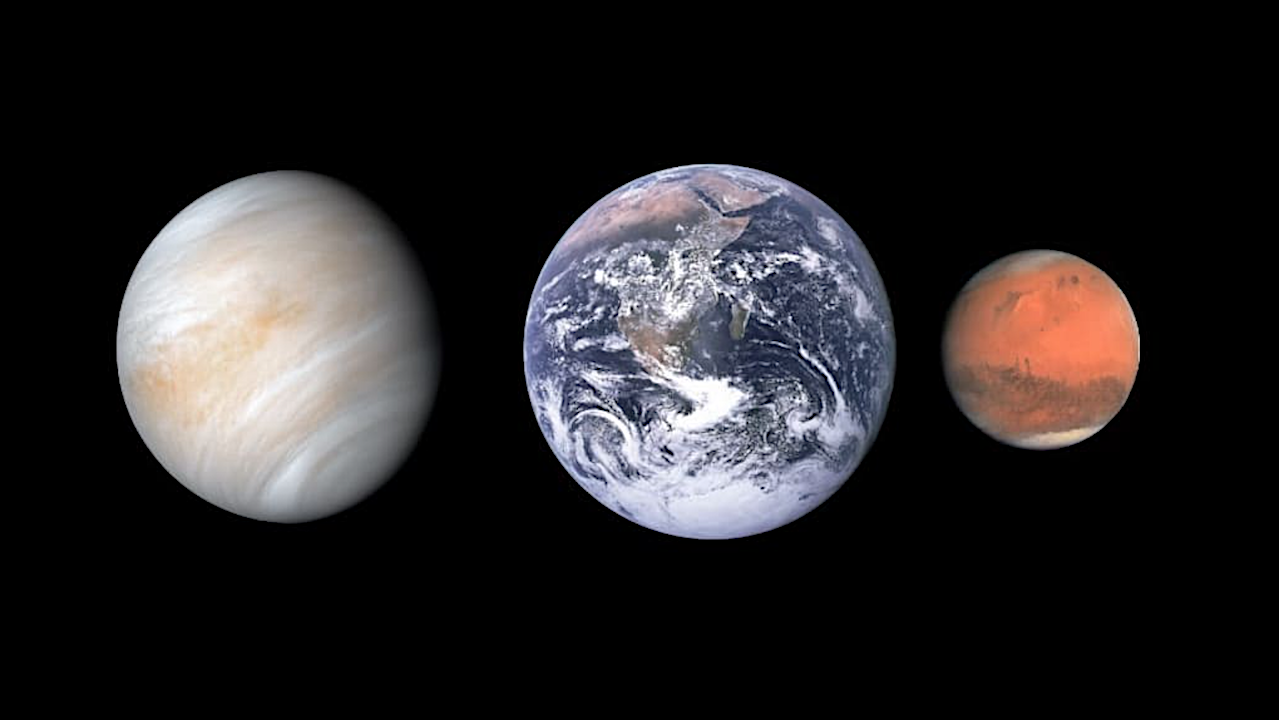

Venus, Earth, and Mars — NASA
Venus, Earth, and Mars exhibit a wide range of interactions between their deep interiors, surfaces, lower and upper atmospheres, and the Sun, with commensurate variations in the nature of their atmospheres and evolution of their volatiles.
By examining these worlds’ characteristics and behavior, we can gain some understanding of the breadth of possibilities for the evolution of volatiles on rocky exoplanets. Doing so is especially important because we cannot predict in advance of direct observations how a terrestrial planet will respond to its solar- or stellar-system boundary conditions and to its interior properties and what the outcome will be.
Exoplanet volatile evolution depends strongly on the geological and geophysical behavior of the planet in addition to the ability of the host star to strip away atmosphere, and the interplay between stellar and geological influences depends greatly on the timescales on which each process varies.
A planet’s numerous ways to sequester gas out of the atmosphere and to recycle it back into the atmosphere suggests that estimates of planetary surface conditions and even habitability based only on the stellar stripping of gas are likely to be vastly oversimplified and probably incorrect.
Bruce M. Jakosky & Paul K. Byrne
Using Venus, Earth, and Mars to Understand Exoplanet Volatile and Climate Evolution, JGR Planets
Astrobiology, Astrogeology,
Stay Informed With the Latest & Most Important News
Previous Post
Next Post
-
 01From Polymerization-Enabled Folding and Assembly to Chemical Evolution: Key Processes for Emergence of Functional Polymers in the Origin of Life
01From Polymerization-Enabled Folding and Assembly to Chemical Evolution: Key Processes for Emergence of Functional Polymers in the Origin of Life -
 02Panasonic Leica Summilux DG 15mm f/1.7 ASPH review
02Panasonic Leica Summilux DG 15mm f/1.7 ASPH review -
 03How New NASA, India Earth Satellite NISAR Will See Earth
03How New NASA, India Earth Satellite NISAR Will See Earth -
 04And Thus Begins A New Year For Life On Earth
04And Thus Begins A New Year For Life On Earth -
 05Astronomy Activation Ambassadors: A New Era
05Astronomy Activation Ambassadors: A New Era -
06SpaceX launch surge helps set new global launch record in 2024
-
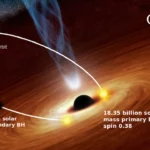 07Two Black Holes Observed Circling Each Other for the First Time
07Two Black Holes Observed Circling Each Other for the First Time













